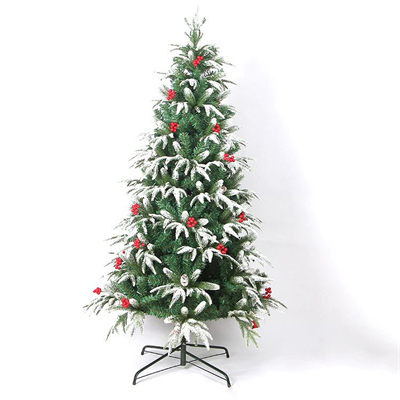The impact of Christmas trees can be both positive and negative, encompassing various environmental, economic, and social aspects. Here are some of the key impacts associated with Christmas trees:
Positive Impacts:
- Carbon Sequestration: Christmas trees, especially live ones, absorb carbon dioxide (CO2) from the atmosphere as they grow. This can contribute to mitigating climate change by reducing greenhouse gas concentrations.
- Economic Benefits: The Christmas tree industry generates significant economic activity, providing income for tree farmers, seasonal workers, and retailers. It’s an important source of revenue for rural communities.
- Job Creation: Growing, harvesting, and selling Christmas trees create employment opportunities, particularly in regions with a strong Christmas tree tradition.
- Tradition and Cultural Significance: Christmas trees are central to the holiday tradition for many families and communities. They serve as a symbol of celebration, unity, and cultural identity.
- Wildlife Habitat: Christmas tree farms can provide habitat for wildlife, including birds, insects, and small mammals, contributing to local biodiversity.
Negative Impacts:
- Deforestation: Harvesting Christmas trees, especially from natural forests, can contribute to deforestation and habitat loss if not done sustainably. This can have adverse effects on ecosystems and wildlife.
- Resource Consumption: Growing Christmas trees consumes resources like water, fertilizer, and energy. The environmental impact varies depending on farming practices and transportation methods.
- Pesticide and Herbicide Use: Some tree farms use chemical pesticides and herbicides, which can have negative environmental impacts, including soil and water pollution.
- Waste Generation: After the holiday season, discarded Christmas trees can contribute to landfill waste if not properly recycled or composted.
- Transportation Emissions: Shipping Christmas trees over long distances can result in greenhouse gas emissions and air pollution.
- Fire Hazard: Dry Christmas trees indoors can become fire hazards if not adequately watered and maintained.
To minimize the negative impacts and enhance the positive ones associated with Christmas trees, consider the following practices:
- Choose Sustainably: Buy Christmas trees from tree farms that practice sustainable and environmentally friendly farming methods. Look for certifications like “Certified Naturally Grown” or “Organic.”
- Recycle or Compost: After the holidays, recycle your Christmas tree through local programs that turn them into mulch or compost. This reduces landfill waste.
- Support Local: Buy locally grown Christmas trees to reduce transportation-related emissions and support local farmers and communities.
- Water Carefully: Keep your Christmas tree well-watered throughout the holiday season to maintain its freshness and reduce fire risks.
- Consider Artificial Trees: If you prefer an artificial tree, choose one made from eco-friendly materials and use it for many years to minimize its environmental impact.
- Reduce Decorations Waste: Opt for reusable or sustainable decorations to minimize waste associated with disposable ornaments and lights.
By being mindful of the environmental and social impacts of Christmas trees and adopting sustainable practices, individuals and communities can continue to enjoy the holiday tradition while minimizing its negative effects on the environment.
























